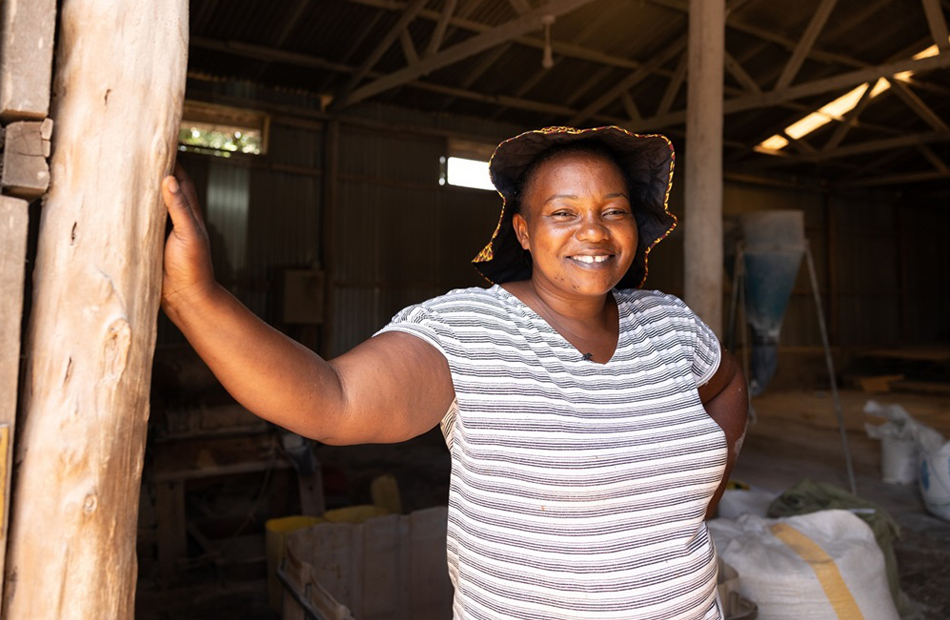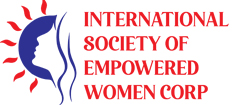
For Peace, keeping her head above water as a business owner was challenging as she balanced caring for her six children. It wasn’t until she gained access to loans and received financial training that she was finally able to expand her business, grow her income, and ensure her teenagers continued in school.
By Rohini Pande
Photo: Peace checks the quality of the flour made for her at a local miller in her village in Gayaza, Uganda. ©Gates Archive/Esther Mbabazi
This content was originally posted on BBC.com
Access to formal credit is a vital economic resource that many of us in the Global North take for granted. We borrow money not only to afford expensive items, but also to invest in businesses, education, or skills that will generate income. And as we do so, we have access to a market that offers a wide range of credit options, and can choose the best one for our investment or purchasing needs. Yet even in well-developed markets, women are often at a disadvantage. Research shows that women are more likely than men to be denied loans or receive less favorable loan terms.
Women in the Global South, like Peace, who shares her story in the video above, face even greater challenges. Historically, the world’s poorest people have had limited access to formal credit. My research and that of others has shown that this can perpetuate poverty across generations. For banks and other credit institutions, it is simply not profitable to make very small loans, especially to low-income individuals who lack collateral. As a result, when these individuals want to invest in a business or in education, buy household items, or cover unexpected medical costs, they turn to informal moneylenders, who charge prohibitively high interest rates and may resort to violence to secure repayment. This challenge is particularly acute for poor women, many of whom run small businesses that require ongoing investment to grow.
Microfinance, pioneered in the 1970s by Muhammad Yunus, the founder of Bangladesh’s Grameen Bank, introduced a new way to deliver credit to low-income women. Microfinance institutions typically lend to groups of women, with the entire group responsible for repaying loans made to individual members. In this model, group-based loan meetings are an important tool to increase social pressure and ensure timely repayment by group members. In my research, I discovered that the benefits of such group meetings extend beyond peer pressure: Women make friends, share information with one another and the loan officer, and become more likely to pool risk, lowering the default rate. You can see this in Peace’s experience with her microfinance provider, FINCA, and her loan officers and fellow group members.
With its initial success, microfinance quickly became regarded as a “silver bullet” for ending poverty because it allowed formal credit institutions to lend to poor people at a low cost, and those loans were being repaid. The system was more efficient than grants because, once repaid, the money could benefit even more people.
Then, in 2015, the results of six randomized control trials, published in American Economic Journal: Applied Economies, seeded doubt, finding no clear evidence that microcredit loans reduced household poverty. But my colleagues and I wondered if it was a problem not with the loans themselves but with lenders being so risk averse that they wanted repayments to begin immediately to keep repayment rates high.
To examine this possibility, we conducted a randomized control trial in which some client groups received the standard loan and others received loans with a two-month grace period before repayments began. This small change had outsized effects. After three years, households with more flexible grace-period loans reported higher business profits and household income. After 11 years, greater investments in education by these households resulted in their children being one-third more likely to attend college. Furthermore, in a setting characterized by low female labor force participation, daughters of households that received grace-period loans were less likely to report their primary occupation as housewife. Our results on the potential of well-designed microfinance programs fit with Peace’s story and her aspirations for her children.
The lesson here is that well-designed investments in women’s economic power can create a ripple effect that uplifts families and communities. When women have access to these financial resources—and, importantly, when those resources are designed to fit their needs—they can plan their financial lives and plan them well, without paternalistic structures to enforce “good” behavior. This, in turn, enables them to be a catalytic solution for progress.
As digital finance gains traction in the Global South, we will need to apply these design principles to ensure that it does not become the next failed silver bullet in development policy. We need to make digital finance available to women in ways that work for them and unlocks their potential.

